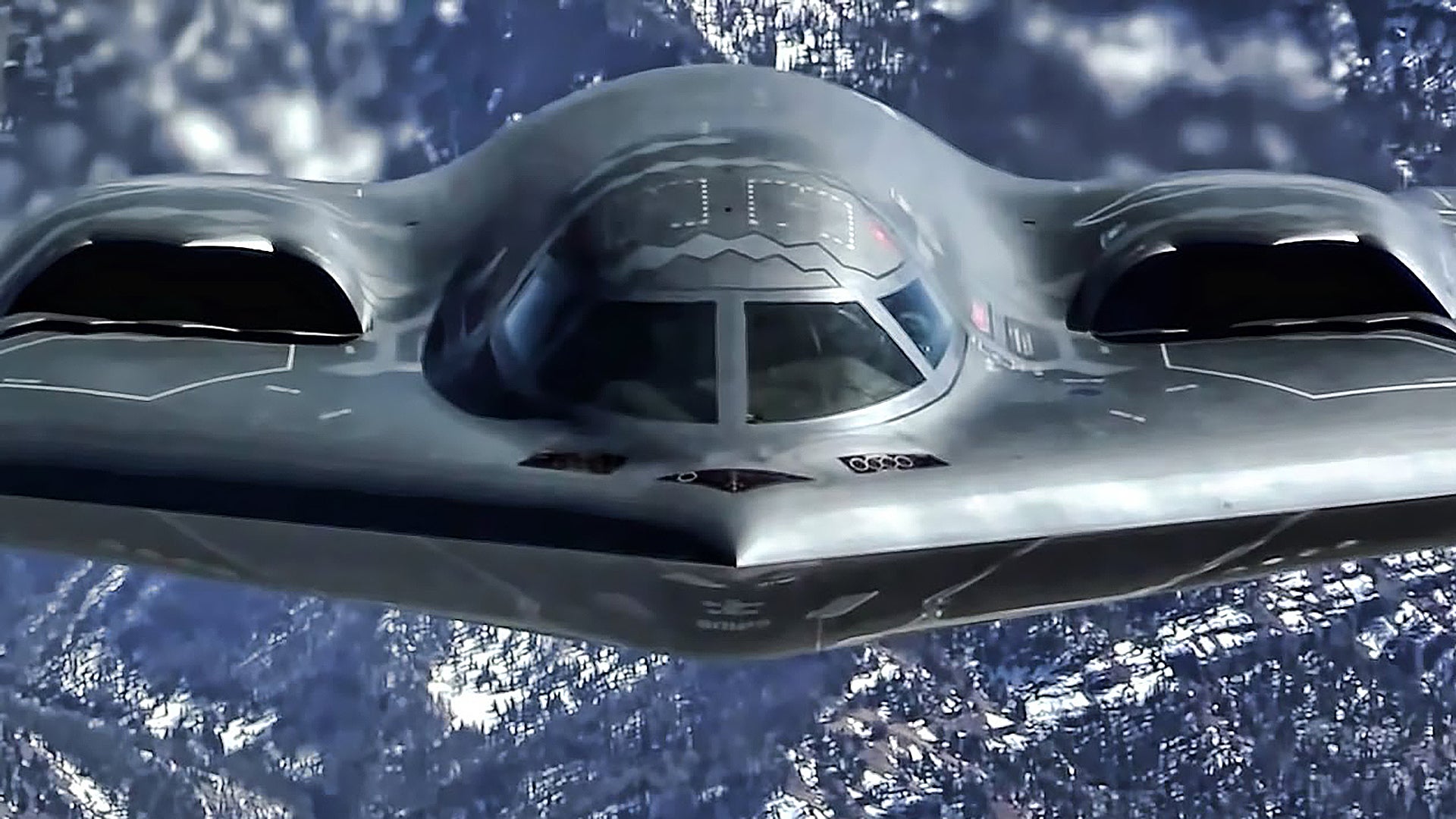It’s a quirk of fate that I happen to share a birthday with the U.S. Air Force, but it’s one that only helps drive home Secretary of the Air Force Heather Wilson’s comment that the service has been constantly flying combat missions for 26 years, since Operation Desert Storm in 1991. That’s more than a third of its 70 year history and nearly four fifths of my entire life. Wilson made her remarks on the first day of the Air Force Association’s (AFA) annual Air, Space, and Cyber Conference in Maryland.
Wilson went on to stress the need to restore the Air Force’s readiness, stabilize its budgets, and completely rethink how the service goes about conducting science and technology research. Her comments, as well as those of other senior leaders and industry partners who spoke at a number of panels, depicted an organization heavily engaged in present matters of national security – from tensions with North Korea to the ongoing fight against ISIS – as well as looking to transform itself to stay superior to any potential foe. Here are four takeaways from the opening day of the conference we at The War Zone think are especially important.
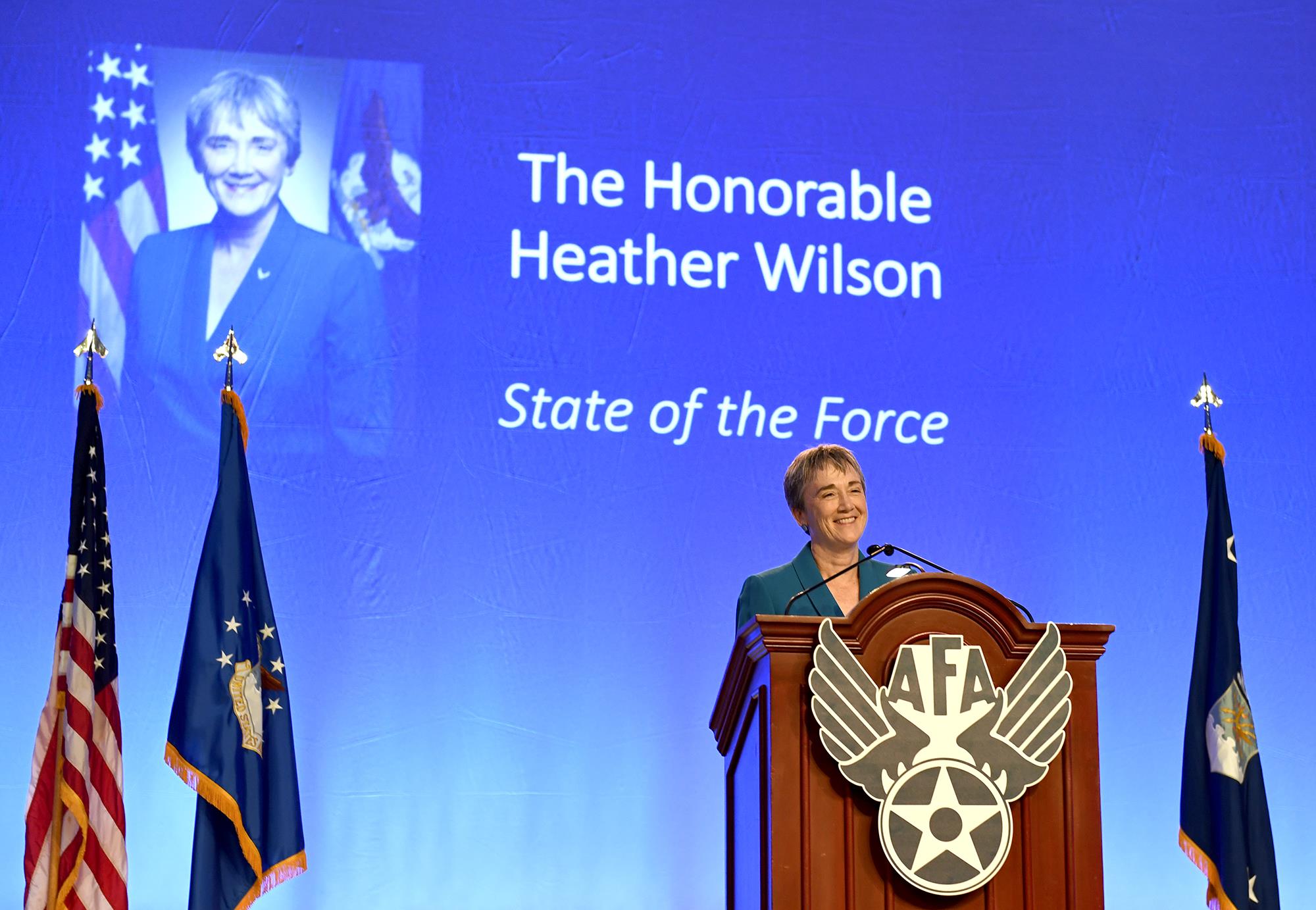
Readiness and budgets
Heather Wilson spent considerable time during her speech detailing a readiness crisis within her service. She said the Air Force was doing all it could to meet its operational demands, especially in the Middle East, as well as keep proficient in core national defense missions, such as nuclear deterrence.
“It is not fair for this nation to ask our commanders to keep saying ‘We got this’ right up to the point of failure, because we don’t got this,” Wilson declared. “Low readiness for a crisis doesn’t mean we won’t go. We will go. What it means is that fewer will come back.”
Wilson highlighted the issue with an anecdote from a recent trip to visit Air Force units service in the Middle East in the fight against ISIS. She noted how some B-52 bombers had flown more than 570 sorties without any routine maintenance and performed more than 700 “danger close” strikes that could potentially put the friendly forces they’re supporting at risk. She explained it was a mission Boeing never intended the aircraft to perform when it finished the design in the 1950s and that the same crews would have a nuclear readiness review upon returning to their home station at Minot Air Force Base in North Dakota.

It’s no secret that the tempo of operations, especially since the 9/11 terrorist attacks have put a serious strain on the Air Force in general. There are no shortage of reports about low morale and an increasingly severe shortage of pilots.
In August 2017, the Air Force announced it would increase monetary incentives and bonus payments, along with looking to ask retired personnel to return to uniform, to try and make up the shortfall. As of the 2016 fiscal year, the service was in need of more than 1,500 additional pilots, the bulk of which it needed for its fighter squadrons.
Wilson said the shortage had a cyclical impact on readiness, reducing overall dwell time and opportunities for both vital training and leave. She laid the blame for this at the feet of the inability of Congress to pass a traditional budget, instead relying on 31 continuing resolutions over nine of the past ten years, as well as the spending caps the 2011 Budget Control Act imposed on the U.S. military as a whole, commonly known as sequestration. It is also fair to note that the law forced all of the services to make hard choices and the Air Force’s own decisions often exacerbated the situation.
“This is how we lose the warfighting advantage for the citizens we seek to protect,” she added. “The United States must get beyond the Budget Control Act in order to protect the country.”
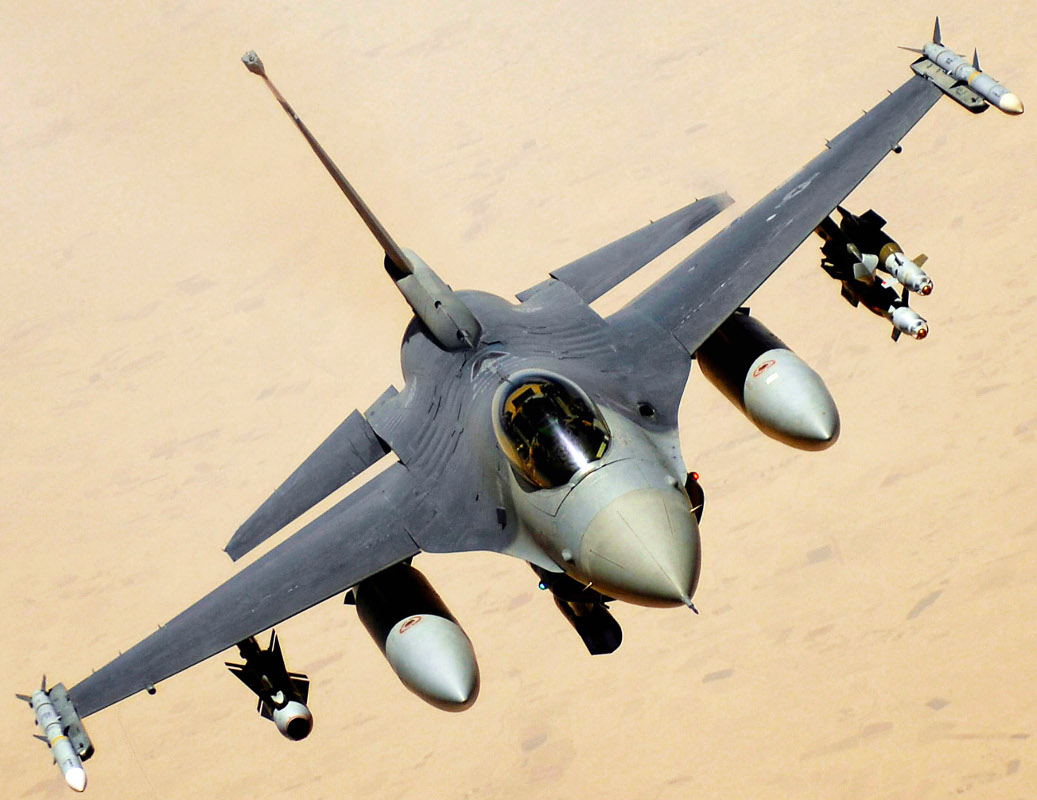
Science and technology review
At the same time, Wilson stressed that the service was working to modernize and transform to meet emerging threats in the air and on the ground, in space, and in cyberspace. To that end, she announced that there would be a year-long review of the Air Force’s overall science and technology strategy.
The Air Force Research Laboratory would lead the effort, but in cooperation with other organizations, including Air Force Scientific Advisory Board. The overall objective would be to begin exploring what the Air Force might look in the next decade or two and put the service on a steady course to still over-match its opponents.
“We will listen broadly and engage those who are on the cutting edge of science so that we can focus our research efforts on the pathways that are vital to our future as a service,” Wilson explained. But, most importantly, the service’s top civilian leader explained that she wanted to reinvigorate cooperation with America’s top research universities.
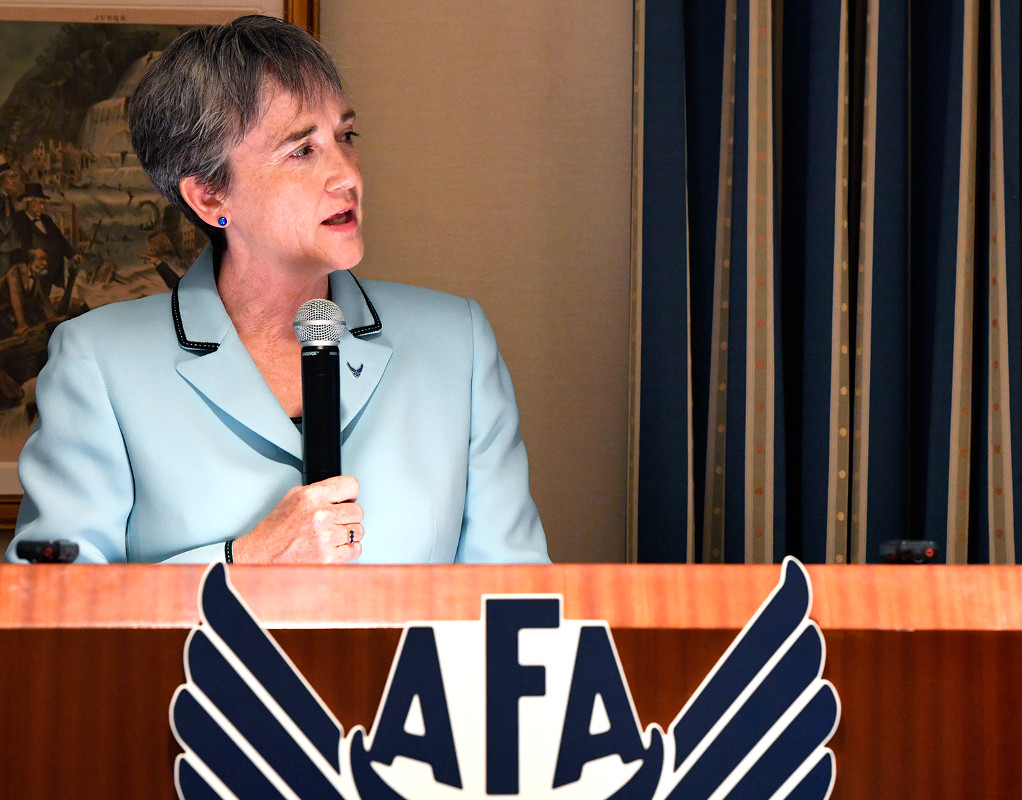
The U.S. military as a whole has made a big show of its partnerships with industry, in particularly the tech sector, through organizations such as the Defense Innovation Unit Experimental (DIUx) and the Pentagon’s Strategic Capabilities Office (SCO), as part of a strategy known as the “Third Offset.” Similar work to expand on long-standing links with academic institutions has received less attention.
That doesn’t mean it has been any less significant, though. In 2014, the SCO organized an experiment where Air Force pilots in F-16 fighter jets deployed miniature drones from modified flare dispensers. In 2016, U.S. Navy F/A-18E/F Super Hornet fighter jets conducted a similar exercise, dropping more than 100 of the miniature unmanned flying machines, which then acted as a single swarm. The concept and the basic design of the remotely operated craft, the Perdix, had originally come from a group of students at The Massachusetts Institute of Technology.
Wilson said that she wanted the Air Force to become “the sponsor of choice” for these kinds of cooperative developments with university faculty and students following the 12-month review of science and technology priorities. She has previously suggested she is unfamiliar with the Third Offset concept and did not mention the term specifically during her remarks.
The Air Force hasn’t given up on the ICBM
Wilson stressed that none of this meant the Air Force will abandon its present modernization priorities, including continued development of the F-35 Joint Strike Fighter, B-21 Raider stealth bomber, and KC-46A Pegasus tanker. At a separate panel on the service’s Ground Based Strategic Deterrent (GBSD) program, U.S. Air Force General Robin Rand, head of Air Force Global Strike Command, along with other senior leaders and members of industry signaled unequivocal support for the third leg of the so-called nuclear triad, land-based intercontinental ballistic missiles.
In August 2017, the Air Force awarded both Boeing and Northrop Grumman contracts to mature their GBSD proposals and reduce potential risks in their respective designs. At the 2017 Air, Space, and Cyber Conference, General Rand and his other panel members, including representatives from both firms vying for the final deal to build the new missiles, argued that ICBMs still offer a cost-effective and survivable component of America’s nuclear deterrent, which has seen renewed relevance of late.
“The men and women who are performing this ICBM mission, I believe, are what’s keeps the world from completely spinning off its axis,” Rand said. “We are dealing with craziness in the East and the South China Sea, with what’s going on in Iran, certainly with what’s happening in Russia is they’re proliferating their nuclear and conventional enterprise, [and] everyone’s well aware of the challenges we’re facing now with North Korea.”
Rand called the Air Force’s nuclear deterrent forces, both the ICBM and nuclear-armed bomber components, as well as their support elements, “silent assassins,” suggesting that like assassins, they don’t brag about their work. Retired U.S. Air Force General Roger Burg, who was previously in charge of 20th Air Force, which controls the esrvice’s entire strategic missile force, argued that the land-based portion of the triad is the only leg where every single weapon system is on a state of alert 24 hours a day, seven days a week, 365 days a year.

In contrast, Burg said that the U.S. Navy’s nuclear ballistic missile submarines effectively take shifts sailing secretive deterrence patrols, and can only spend approximately 70 days under water – insulated from enemy observation and potential attack – at a time at maximum before needing to return to the surface. He also noted concerns about the idea of keep planes loaded with hydrogen bombs sitting behind a protective screen of little more than a barbed wire fence and a dozen airmen with M16 rifles in today’s “threat environment.”
In addition, Burg added that the visibility of the ICBM made them a stabilizing deterrent force in the eyes of many potential opponents, including Russia and China. Those countries, he said, saw the ballistic missile submarine force as a destabilizing factor since it had the capability to launch a virtually no-notice first strike.
Rand, Burg, and the others aren’t making unusual arguments, either. After recently suggesting he might be considering dropping the missile leg of the triad, Secretary of Defense James Mattis now appears to be on board, as well.
“I’ve questioned the triad,” Mattis told reporters earlier in September 2017. “I cannot solve the deterrent problem reducing it from a triad. If I want to send the most compelling message, I have been persuaded that the triad in its framework is the right way to go.”
Of course, we at The War Zone have written at length
about the potential benefits of reducing the triad to a diad, debating how survivable the ICBM force really is and challenging its ability to respond to rapidly changing situations, including emergency orders to stand down. Still, these issues, especially the one Burg raised about promoting a stable deterrent environment, are interesting to consider in the wider debate.
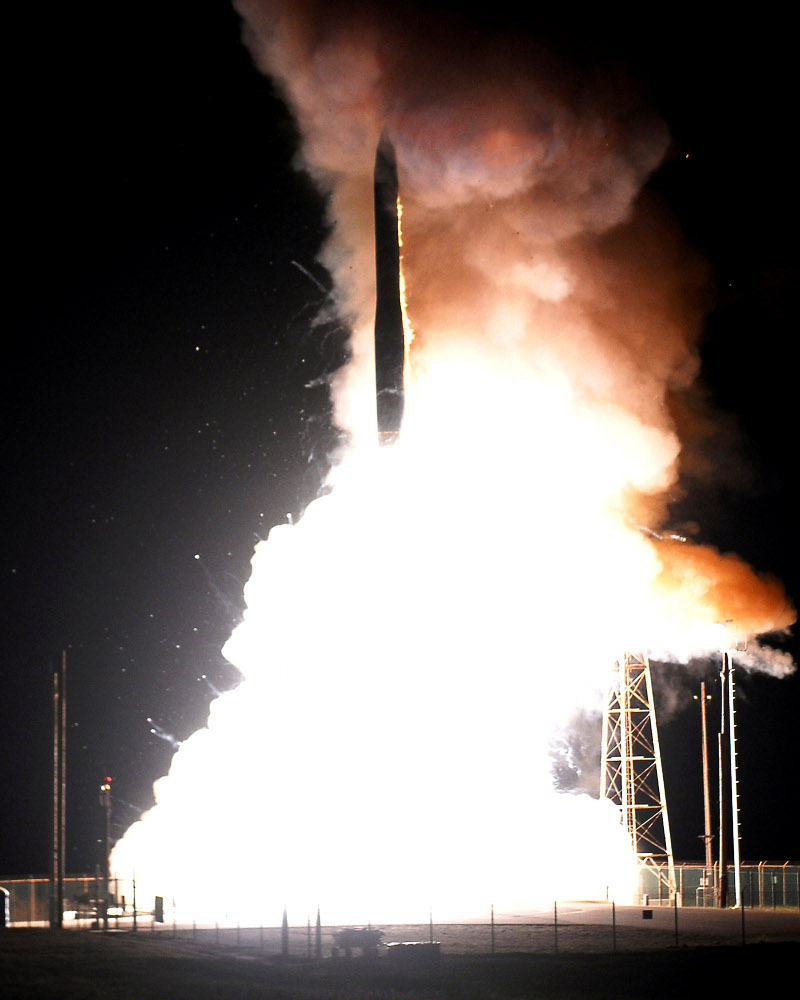
A new world of intelligence
Effective deterrence, just like any of the Air Force’s missions relies on effective intelligence gathering about just what enemies and potential enemies are actually planning to do. So it’s no surprise that another panel focused on the future of service’s so-called “Iron Triad” of intelligence, surveillance, and reconnaissance aircraft, the E-3 Sentry airborne command and control platform, the E-8 JSTARS radar plane, and the RC-135 spy plane family.
The basic airframes for all three of these are derivatives of the Boeing 707 airliner, just like the Air Force’s KC-135 tanker fleet, and many of which first rolled off the production line more than a half century ago. Despite continual upgrades over the decades, the need to either overhaul or outright replace these planes has become ever more apparent.
There is already a project in the works to develop a JSTARS replacement, a fleet that has already provided more than 130,000 combat hours of support in the Middle East and Central Asia since Operation Desert Storm in 1991. As that and other programs get underway, though, the Air Force has to consider how best to improve and expand its mix of platforms and sensors to meet the evolving needs of commanders in the air and on the ground.
“Modern conflict will likely involve far more dynamic, rapidly evolving problem sets than those posed by the former Soviet Union,” retired U.S. Air Force Lieutenant General David Deptula, who is now the Dean of the AFA’s Mitchell Institute of Aerospace Power Studies and was the panel’s moderator, explained in opening the talk. “Furthermore, recent and future developments conceive nearly every aircraft in the Air Force inventory able to gather data and fuse it with a host of actors.”
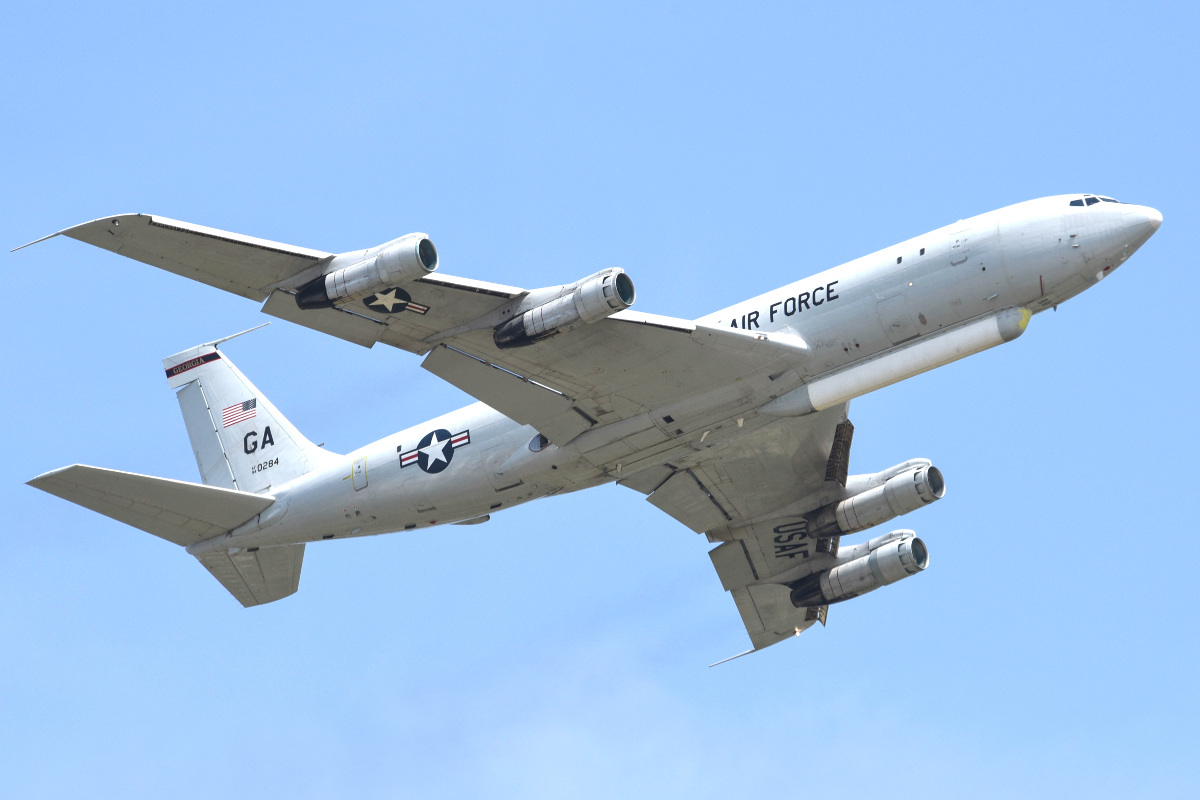
The War Zone’s own Tyler Rogoway has talked about how this could easily be the case with regards to the F-35’s on board sensor suite. On top of that, the near future Deptula described might require the Air Force to have systems and units focused on gathering intelligence that previously have no even been there to capture, including in cyberspace.
“Regardless of the operation, whether it’s highly contested such as North Korea, whether it’s the humanitarian relief operation that we have just conducted in Texas and in Florida, or whether it is on the battlefields of Syria and Iraq, we have harnessed publicly available information,” Lieutenant General VeraLinn Jamieson, the Deputy Chief of Staff for Intelligence, Surveillance, and Reconnaissance, said. “Some call that social media, blogs, newspapers, discussions – and [we have] been able to use that data to get decision making quality information to the tactical edge to create the desired effect that we want.”
Jamieson wasn’t talking figuratively about the benefits of combing through this information, either. In June 2015, U.S. Air Force General Herbert Carlisle, then head of Air Combat Command, revealed that an air strike had killed ISIS members in either Iraq or Syria after intelligence analysts figured out the location of a command center from pictures one terrorist fighter had posted online.
The growing ubiquity, and therefore importance, of social media is just one small, but significant factor the Air Force will need to incorporate into its future plans. From what we saw at the first day of the AFA’s 2017 Air, Space, and Cyber Conference, after 70 years of war and peace, the service seems to be in the midst of an important and broad watershed moment that could potentially define it for the next seven decades and beyond.
Contact the author: joe@thedrive.com
